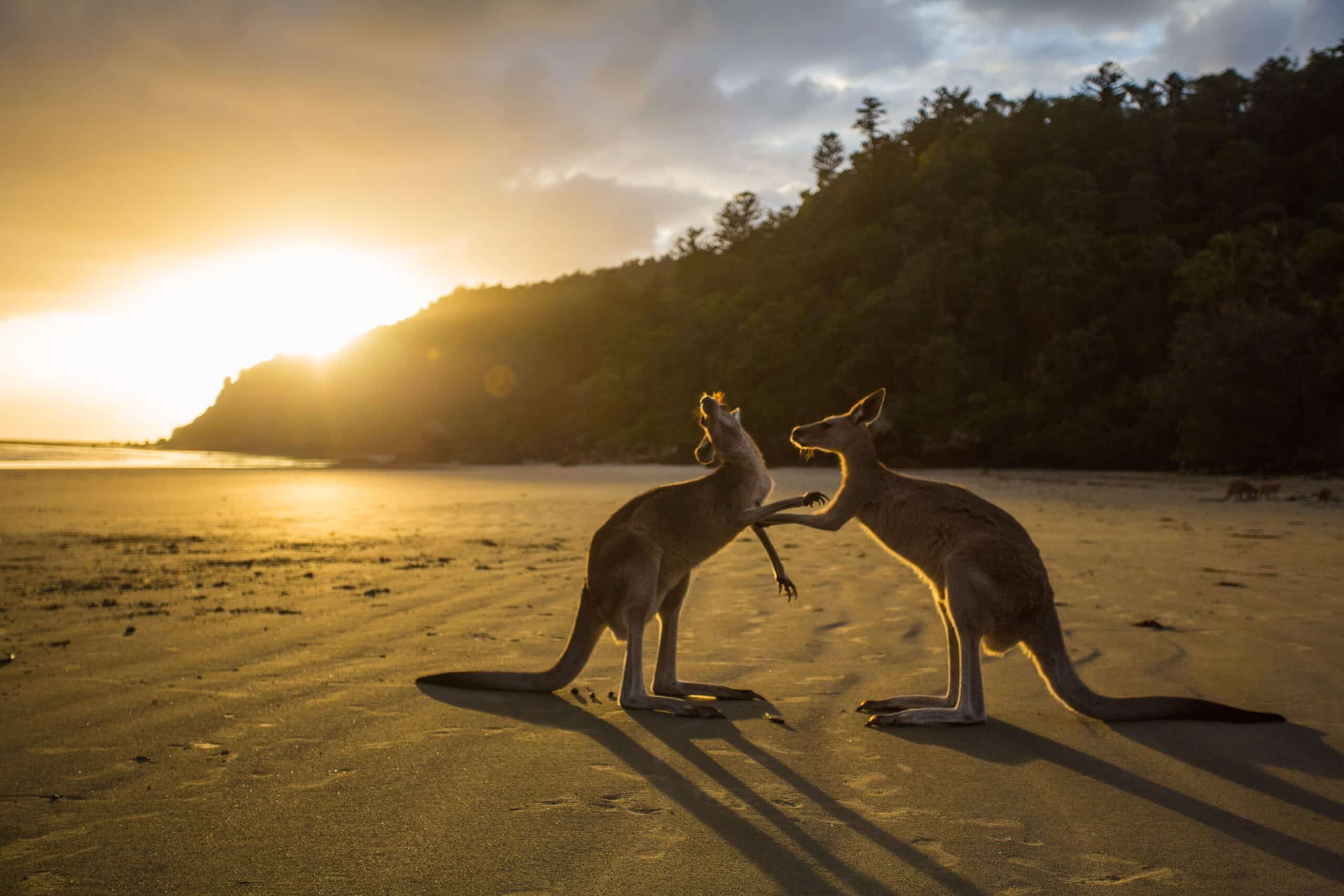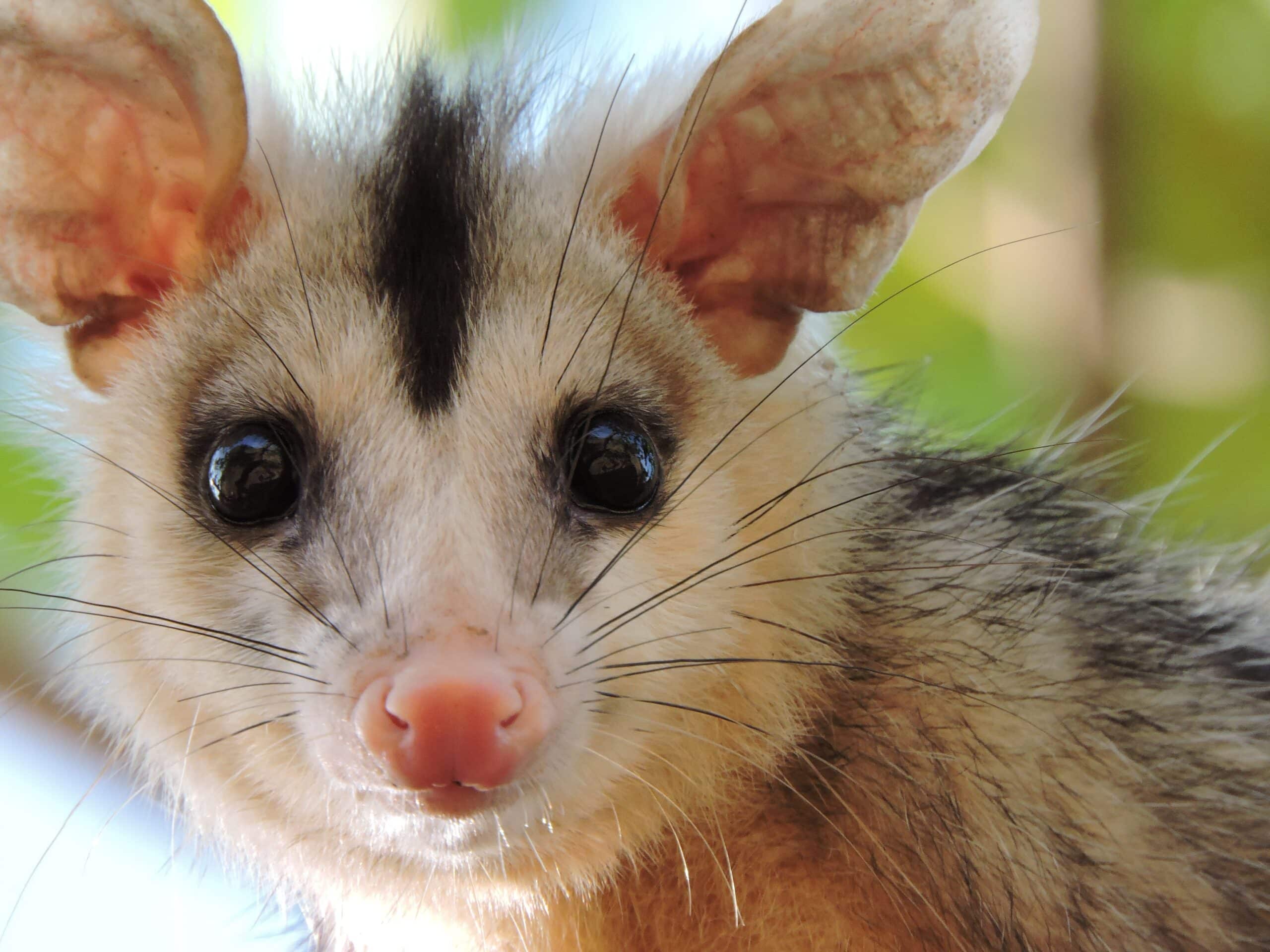
Have you ever stopped to appreciate the hidden beauty of badgers? Badgers are worthy of admiration for their sleek coats to their playful habits. Experience the interesting physical characteristics and habits of badgers by looking at this in-depth analysis. You won’t be disappointed!
Introduction
Badgers are a small- to a medium-sized group of mammals belonging to the taxonomic family Mustelidae. They are found in Europe, Asia, and North America but have become increasingly rare in some areas due to development. Badgers have distinctive black and white stripes and can vary significantly in size depending on species; some badgers can weigh up to 14 kilograms (30 pounds). They primarily feed on small mammals, insects, carrion, fruit, and occasionally crops.
Badger behavior is primarily nocturnal or crepuscular, so they tend to be most active at dusk or dawn. They usually seek shelter during the day by residing in burrows made of long tunnels with multiple chambers and entrances that they dig with their claws. Badger colonies often contain several badgers as they’re very social animals with a natural hierarchy system based on age and size determined by competitions for territorial rights. It is common for badger colonies to contain several sets of related individuals, like family groups or unrelated but tolerate one another within their extensive home range.
Physical Characteristics
Badgers are surprisingly powerful animals for their size. While most adults only measure between 23-29 inches from the tip of their nose to the end of their tails, they can still dig elaborate tunnels and hunt down a variety of small mammals and invertebrates. They possess short, stout legs and a slightly hunched back that help them burrow quickly into the soil. Additionally, badgers have small ears, long snouts with sensitive noses, muscular bodies covered in fur, and distinctive white stripes on their faces across their eyes.
Their front paws feature five prongs that act as claws that can help badgers dig into their burrows or capture prey while they hunt. In addition to physical characteristics such as these, badgers also share some unique habits that are common among the species:
- Hunting in groups
- Using their claws to dig extensive burrows
- Marking their territories with scent
- Being nocturnal
Habitat
Badgers can live in a variety of habitats. The two most common are the grassland environment found in peaceful meadows, savanna, prairies, and other more forested areas. They prefer a mix of open spaces and underground homes, such as dirt burrows that they dig themselves or borrow from other animals. Badgers are found throughout Europe and the United States but are most abundant in North America. In addition to forests, badgers can also live in urban areas where some combination of natural habitat with artificial landscapes gives them places to move around freely without restriction from human activity or cities.
Badgers can be solitary animals that roam large home ranges or organized communities called clans where up to 15 members cooperate to guard their territories against encroaching rivals. These badgers work together to find food and create shelters for their young ones. In summer, communal breeding dens with several women nesting together are often seen.
Badger activity may leave visible signs of its presence, such as paw marks on bare earth or overturned stones looking for insect prey beneath them; these traces invite further exploration by curious observers who want to learn more about these unique mammals. As always, animals take safety precautions when traveling across open land vulnerable to detection by predators, which can look like incursions through vegetation followed by a backtracking pattern known as “badger crawls” that maximizes their opportunity for hidden predation while increasing chances of success over larger distances during hunting activities.
Diet
The diet of badgers is omnivorous, which means they consume both plant and animal matter. Invertebrates, particularly earthworms, make up most of their diet, but voles and frogs are also eaten. They feed on many other items, such as fruits, roots, bulbs, and mushrooms.
Badgers also scavenge carrion and occasionally raid rubbish bins or steal eggs from birds’ nests.
To obtain their food, badgers may dig deep into the soil with their powerful forefeet as they hunt for worms or rodents in the burrows of small animals. On the surface, they may employ their powerful claws to dig through or overturn logs in search of a meal.
Badgers are nocturnal and usually forage during the night when food sources are plentiful. To keep up with their voracious appetites, badgers must eat around 1-2 kg daily, consuming small meals several times throughout the night to keep their energy levels high until morning.
Behavior
Badgers are nocturnal mammals and rarely travel alone. Generally, badgers will form a group of between 3 to 5 individuals, with a hierarchy such as those seen in wolf packs. These animals are social and will stay in the company of other badgers.
Regarding defense, speed is not the most vital attribute of the badger as they can reach speeds of up to 30 kilometers per hour, similar to that of a domestic dog. Nevertheless, they will employ aggressive tactics when they feel threatened, including barking and growling like a canine. Even though their claws can make them formidable enough enemies, an array of defense methods like digging dens (also known as setts) and cowering their heads under unbreakable objects demonstrate how powerful these animals can be when protection is required.
Additionally, their burrowing skills enable them to occupy ideal areas for nighttime feeding as exposed small ground animals such as rodents make for easy prey for badgers at night due to their poor eyesight in low-light areas. It is important to note that badgers have been observed raiding beehives which display their courageous nature despite the potential danger from stinging bees. In contrast to this fearlessness, if provoked or driven out from its home range, it will also try fleeing by running away or through defensive tactics like stated above rather than engaging directly with other mammals, which demonstrates its cautiousness versus boldness depending on circumstance.
Reproduction
Badgers are seasonal breeders, typically mating in the spring and having their litters close to mid-summer. They can produce litter ranging from one to five offspring. The female is pregnant for about a month and a half, after which the young are born blind and helpless, weighing only about 20 grams.
They remain with their mother in the den until they are fully furred (about two months old), at which point they can follow her outside and learn more about their surroundings. By Autumn, they start using separate dens during the night and become utterly independent by winter.
Threats
Badgers are most threatened by habitat destruction. As humans encroach on their territory, they can become isolated in small and unsustainable populations. The fragmentation of the landscape caused by roads, railways, and other development makes it difficult for badgers to survive as they cannot move freely. As a result, they may be more susceptible to natural predators or loss of food supplies.
In addition, badgers may face threats from introduced predators such as cats, foxes, and American mink. In the United Kingdom, the introduction of American mink has had a devastating impact on badger populations, as mink have been found to kill badger cubs. Furthermore, disease outbreaks have decimated some badger populations in Europe and North America – with bovine tuberculosis being particularly significant in Britain.
Other threats include direct persecution through trapping or shooting for a game or as a pest control measure and accidental poisoning from pesticide use or other pollutants such as roadkill. Climate change is also affecting big-eared species such as Eurasian and American badgers – with their range shifting further north into cooler climates due to rising temperatures in some regions.
Conclusion
In conclusion, badgers are fascinating creatures with various physical and behavioral attributes. These animals have a keen sense of smell, excellent hearing, and powerful front legs. They can move surprisingly quickly on the ground or in the water and have a voracious appetite. They live in burrows that can be many feet deep, usually foraging around dawn and dusk for food such as insects, small mammals, bird eggs, roots, berries, and even carrion.
Badgers are also fiercely territorial and highly social animals; they live in groups called cetes that may contain up to 30 individuals.
Badgers are an essential part of the ecosystems where they make their homes; they help control some pest populations and establish their digs as important den sites for other species such as foxes, bobcats, owls, hawks, deer mice, voles, rabbits and grasshopper mice. Sadly these valuable animals are threatened by human activities such as residential development—think twice before cutting down any brush piles! This species will continue to increase its range across North America with proper protection.
Frequently Asked Questions
Q1: What kind of animal is a badger?
A1: A badger is a type of mammal belonging to the taxonomic family of Mustelidae. This family also includes otters, ferrets, and weasels.
Q2: What does a badger look like?
A2: Badgers are usually around 60-75cm in length and have a black and white striped face with a greyish-brown body. They have short legs, a long tail, and a pointed snout.
Q3: What do badgers eat?
A3: Badgers are omnivores, meaning they eat plants and animals. Their diet typically consists of earthworms, small rodents, fruits, insects, and roots.





